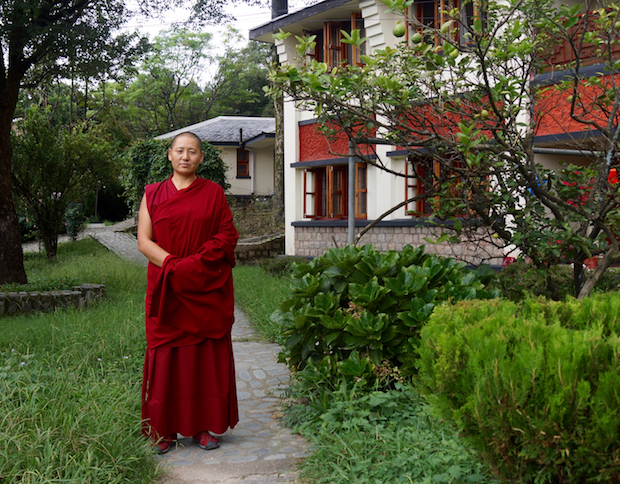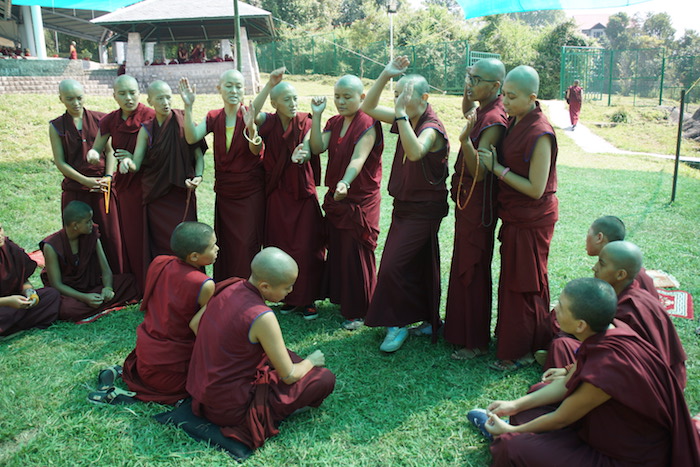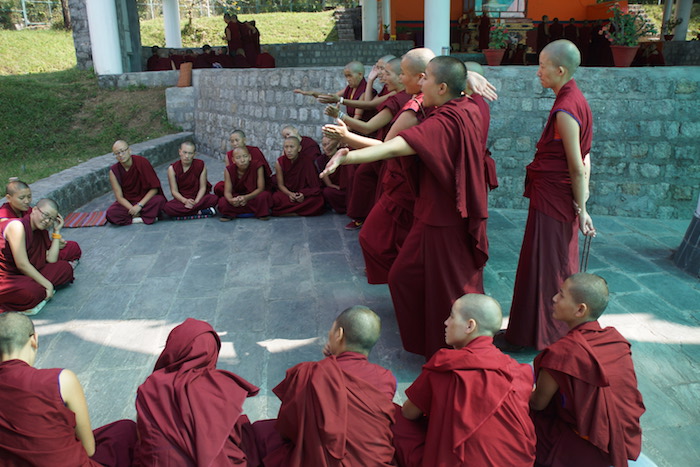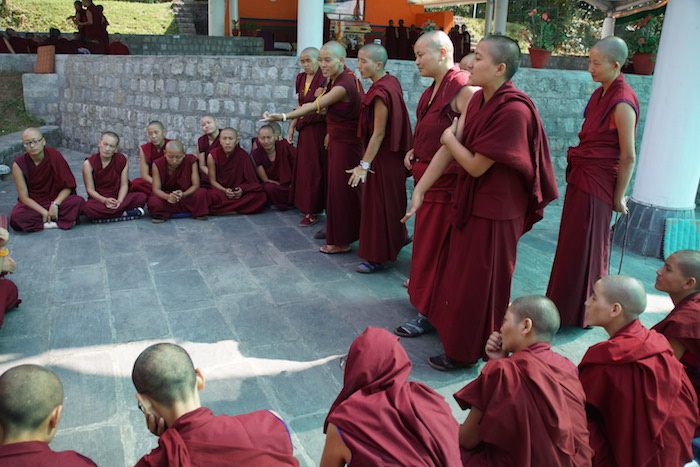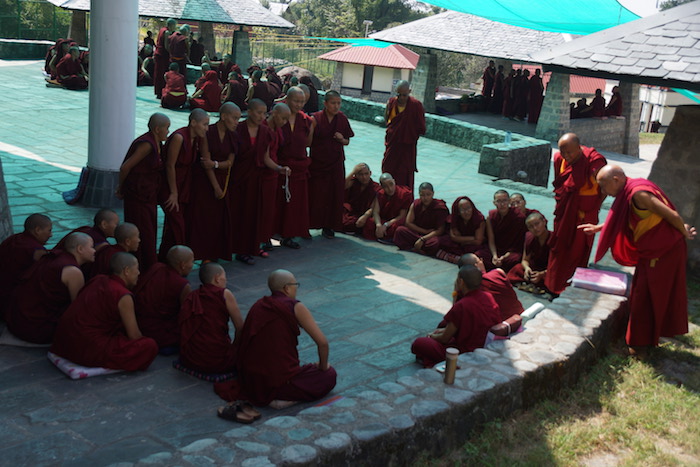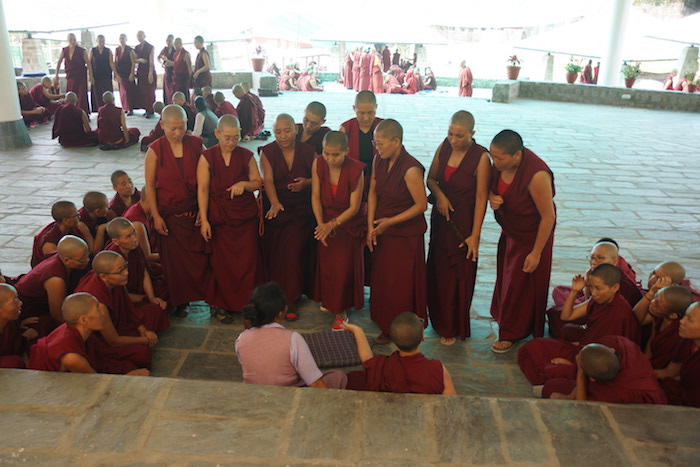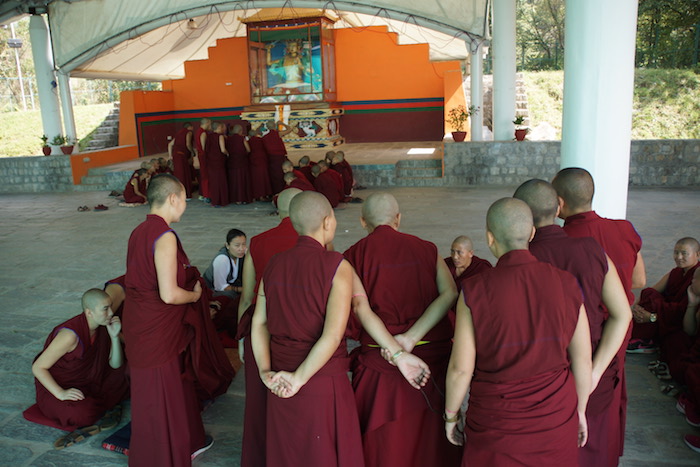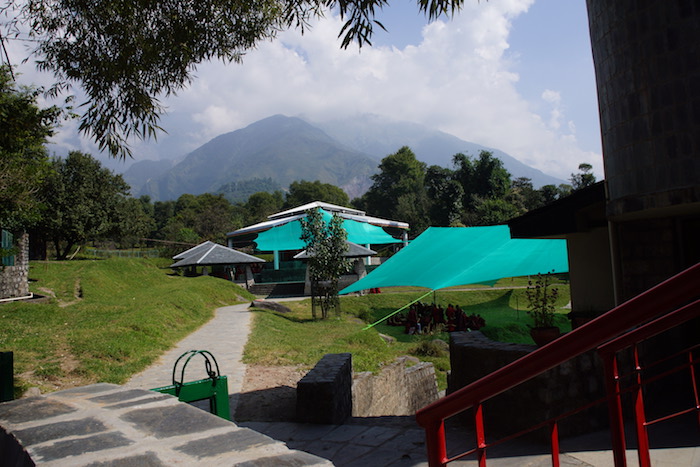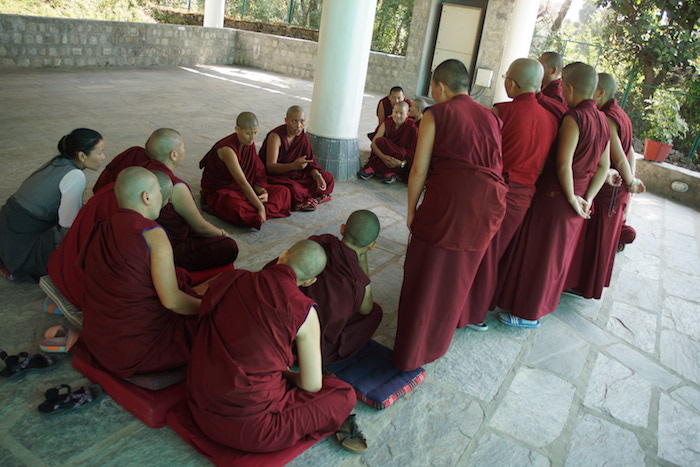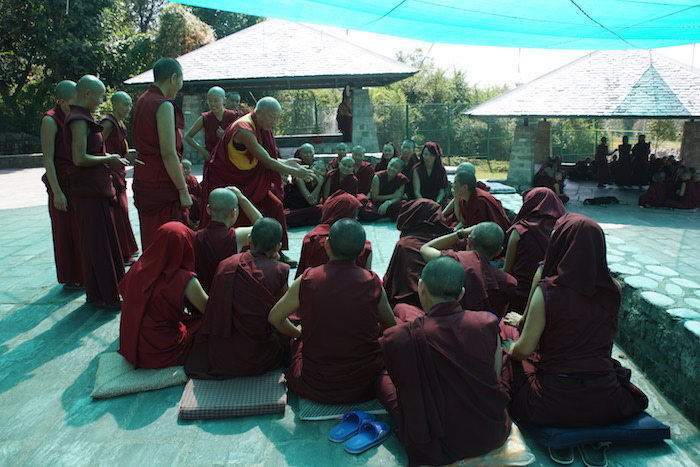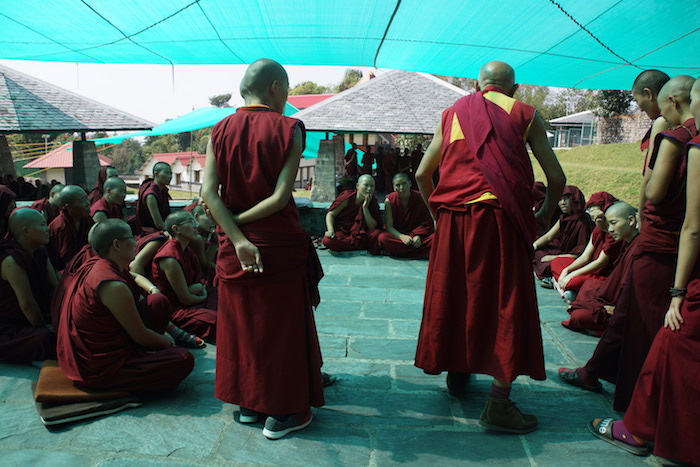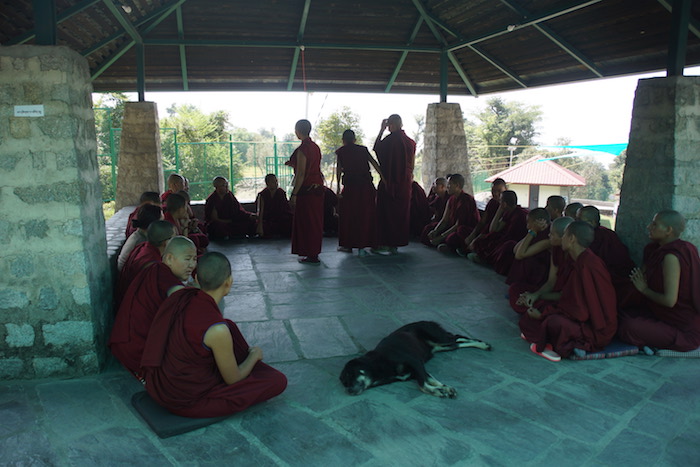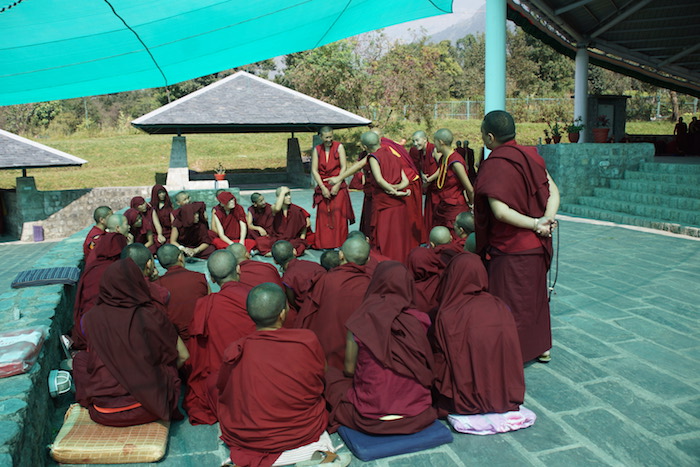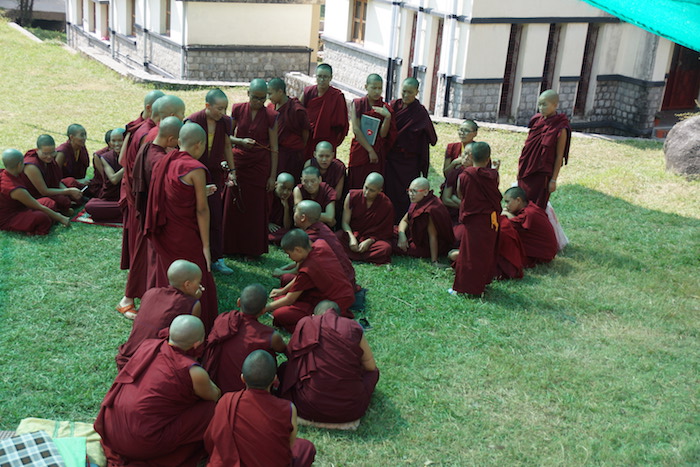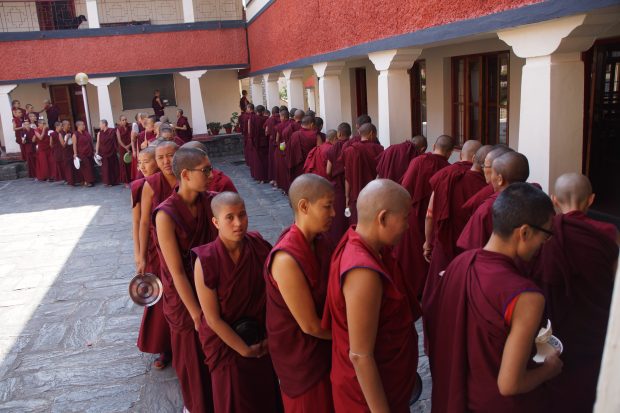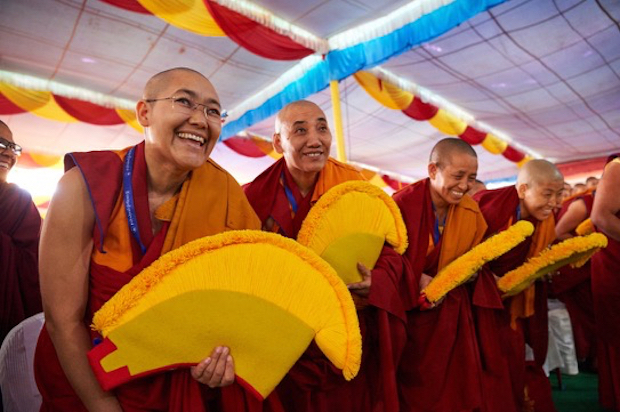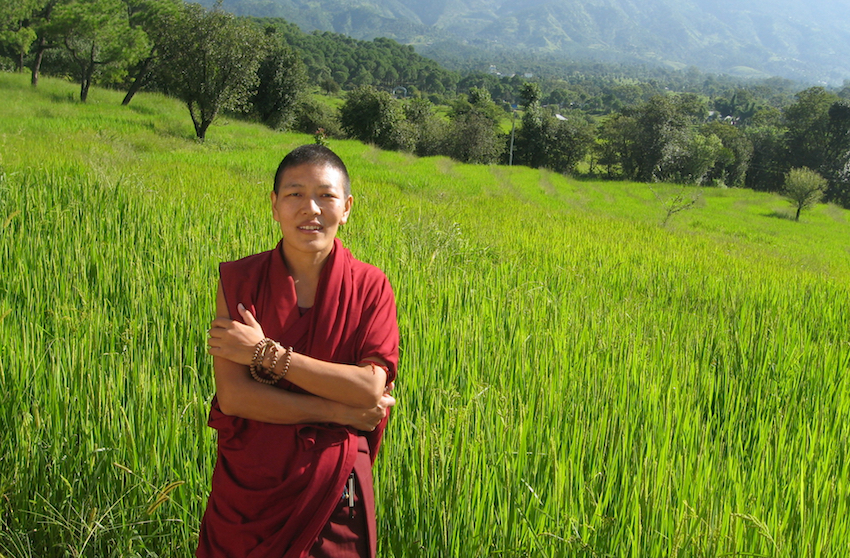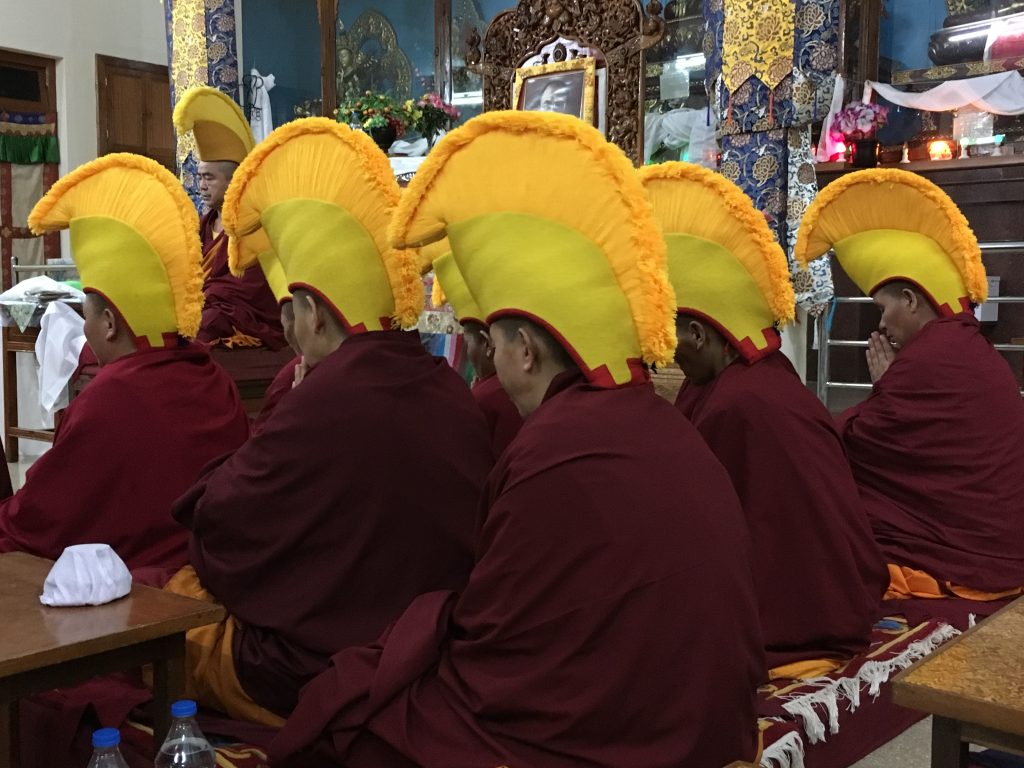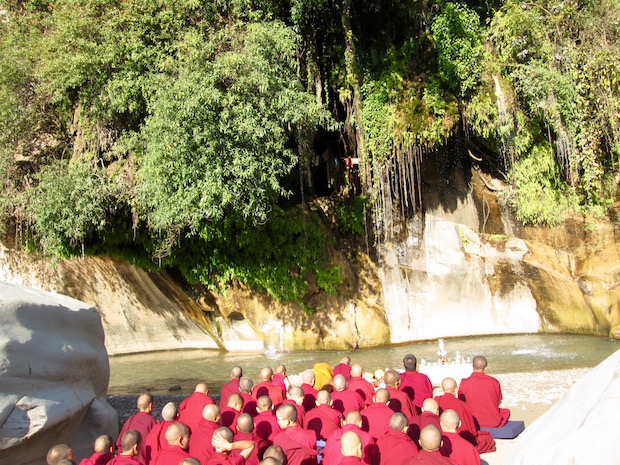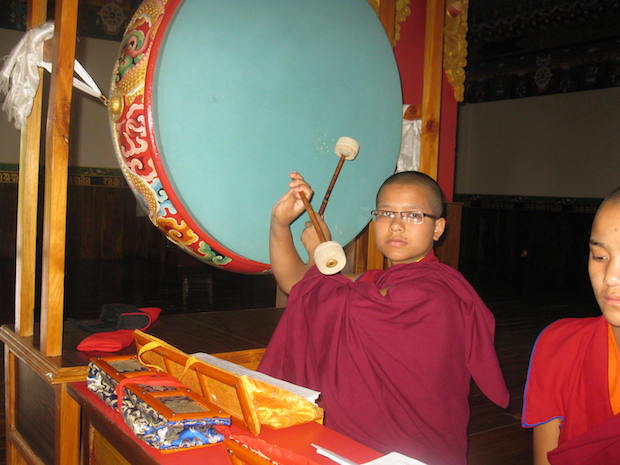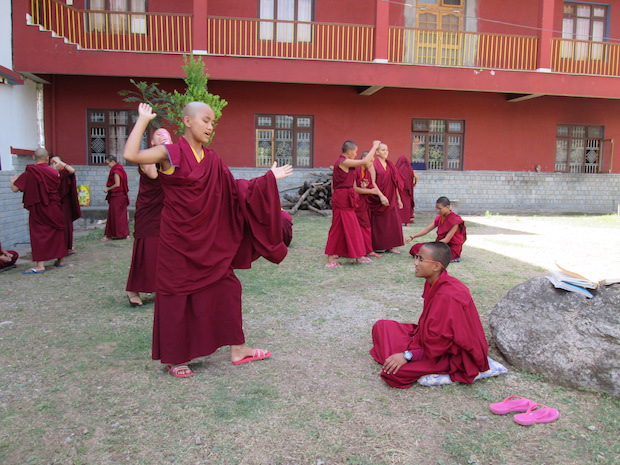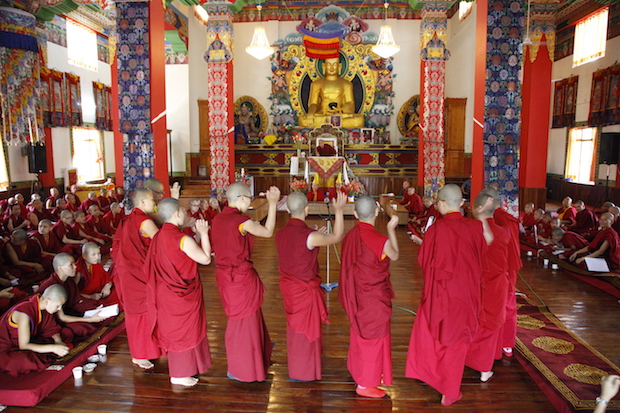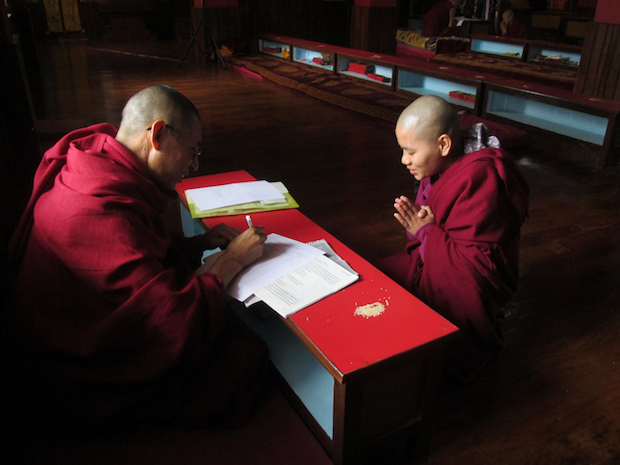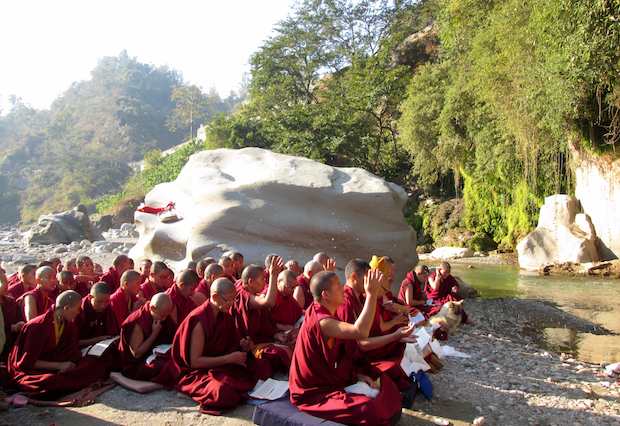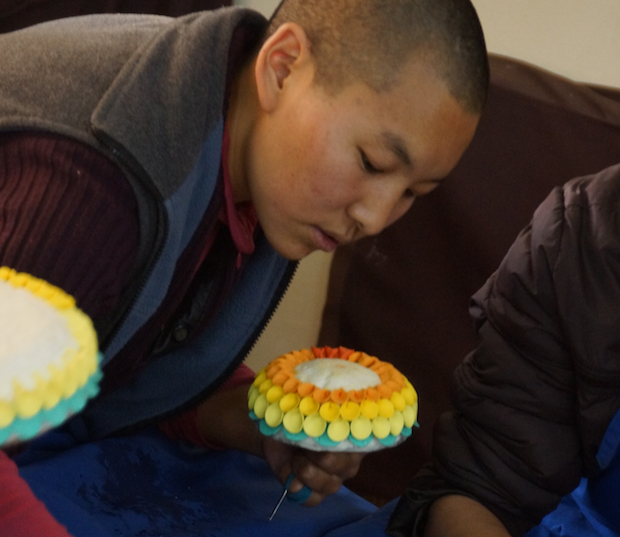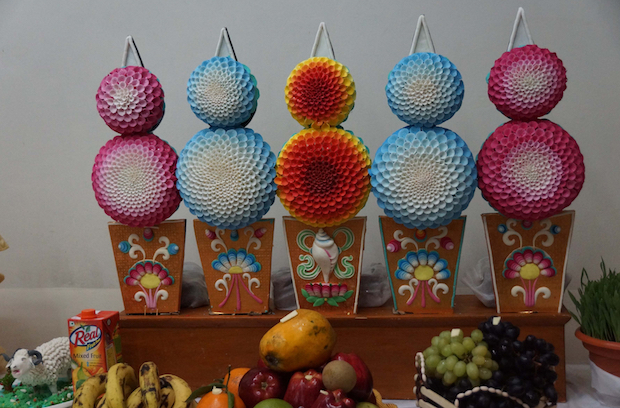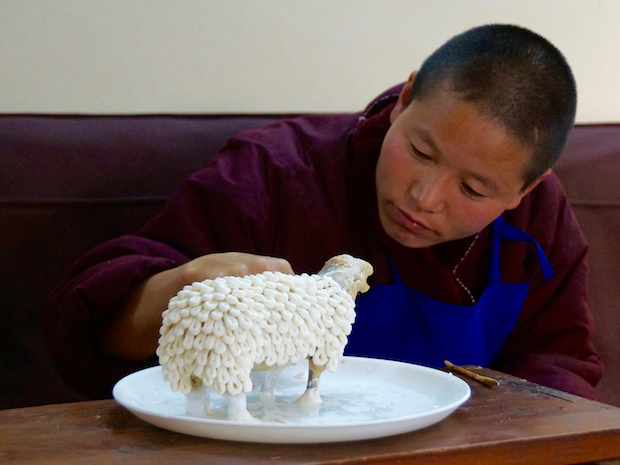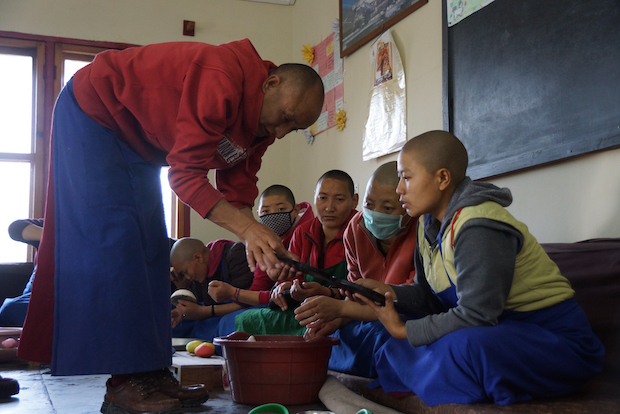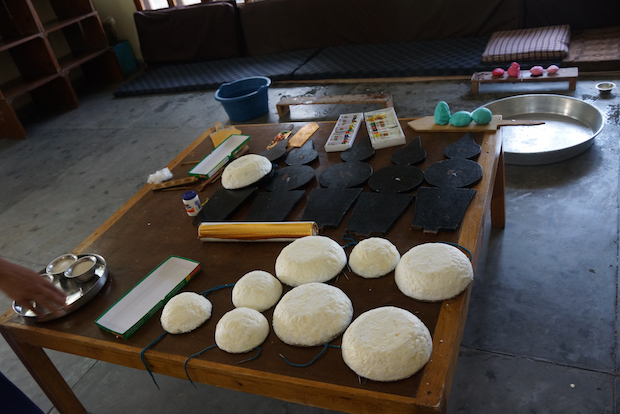Since its inception in 1987, The Tibetan Nuns Project has set out to assist nuns from all parts of Tibet and from all the different Tibetan Buddhist lineages without preference or distinction.
While our initial concept was to help refugees from Tibet access their educational tradition, over the years we have received increasing numbers of requests for religious education from nuns from the Himalayan regions on the border between Tibet and India: Ladakh, Zanskar, Spiti, Lahoul, and Kinnaur.
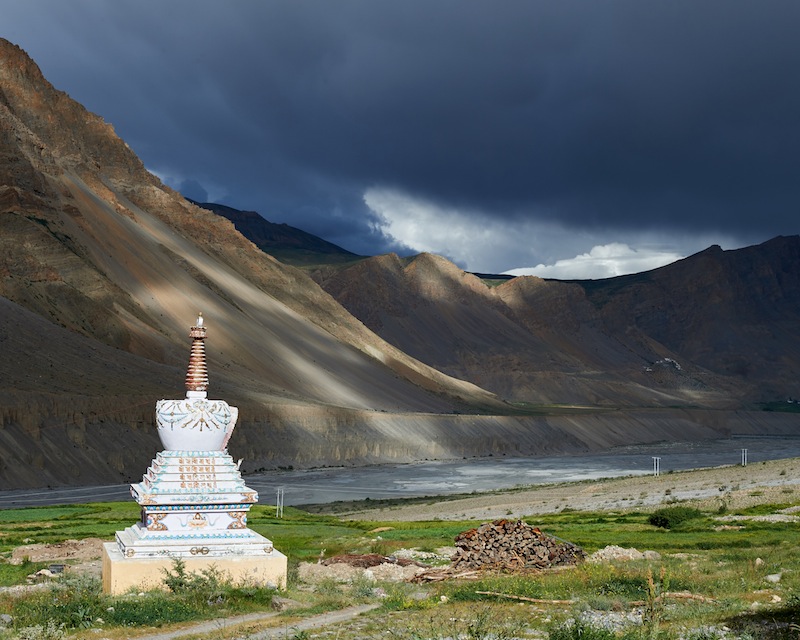
Photo from the remote Spiti Valley in northern India courtesy of Olivier Adam.
Historically, geographically, and economically these northern mountainous regions of India were linked so tightly to Tibet, one might argue as to which country they belonged. Tibet was a vibrant spiritual and cultural hub for China to the east, Mongolia to the north, and India to the south.
Monks would follow the trade routes into Tibet to join monasteries and study with great masters, bringing back inspiration and news from Tibet to the remote mountain valley communities.

Nuns practice Tibetan Buddhist debate at Sherab Choeling Nunnery in the Indian Himalayas. The nunnery is one of seven nunneries in northern India supported by the Tibetan Nuns Project. Photo courtesy of Olivier Adam.
In 1959 the Chinese seized control of Tibet, severing the age-old connection between the Indian and Tibetan Himalayan regions. Cross-border interchange ceased and, just as Tibetans lost their monasteries and Buddhist culture was assailed, so also the Indian border areas lost their access to higher studies and connection with their Buddhist neighbor.
Where conditions for monks and monasteries are depressed, then those for nuns and nunneries are worse. Young women from the border region who are interested in religion, and who, through the spirit of the 21st century, are motivated to study and reach out at this time when the Tibetans in exile in India are establishing a firm base of monastic education, turn their feet in this direction and seek admission in the established Tibetan nunneries in the communities in exile.
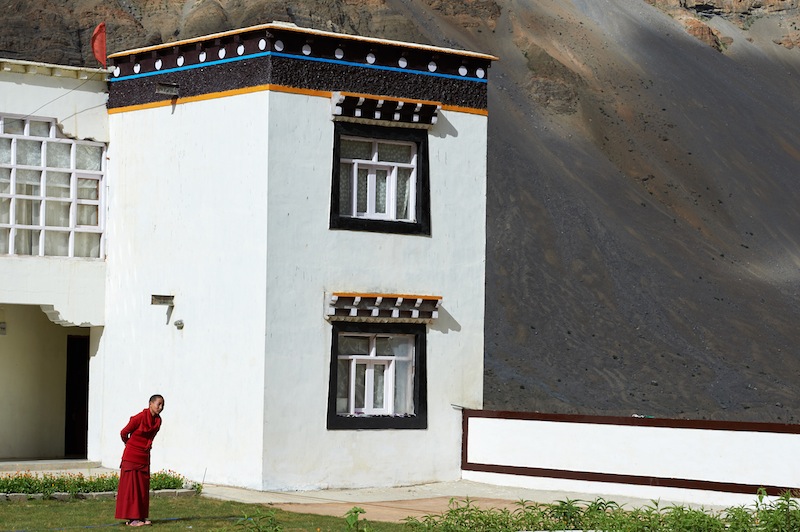
Sherab Choeling Nunnery in the Spiti Valley, northern India. Photo courtesy of Olivier Adam.
According to the nuns who come to the Tibetan Nuns Project from these regions, there are few and poor nunneries for them to join and even fewer opportunities for them to study. A nun from Zanskar explains how it is nearly impossible to be a nun in that region because nuns have to struggle so hard for mere survival. Usually they remain in their family homes and receive no education.
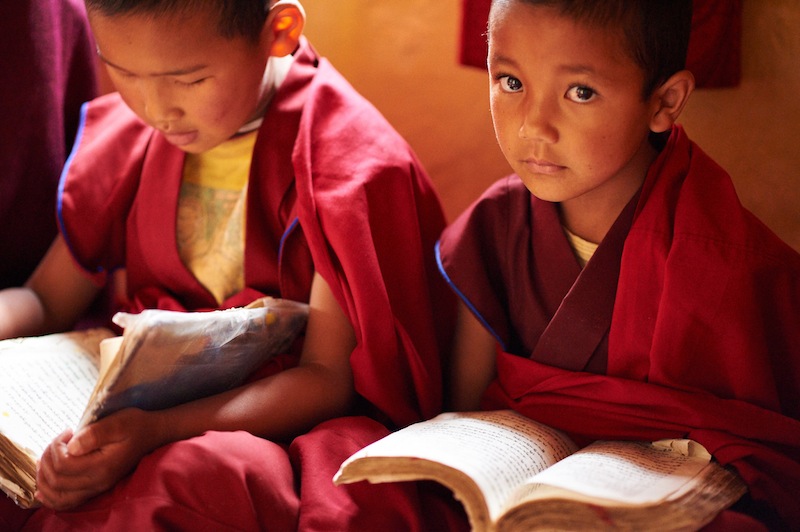
Young nuns studying at Sherab Choeling Nunnery in Spiti, northern India. Photo courtesy of Olivier Adam.
This is why so many are prepared to take up the great challenge of learning Tibetan in order to join the nunneries in India and study Buddhist philosophy. They will in time become the first women teachers to return to these remote regions to introduce Buddhist learning for women.
During his teachings in Bodhgaya in January 2017, His Holiness the Dalai Lama said, “We also have here many people from the Himalayan region and there are many monks and nuns from their communities in our monasteries and nunneries. They have made up the numbers since the flow of monks and nuns out of Tibet has declined, something we can be mutually grateful for.”

